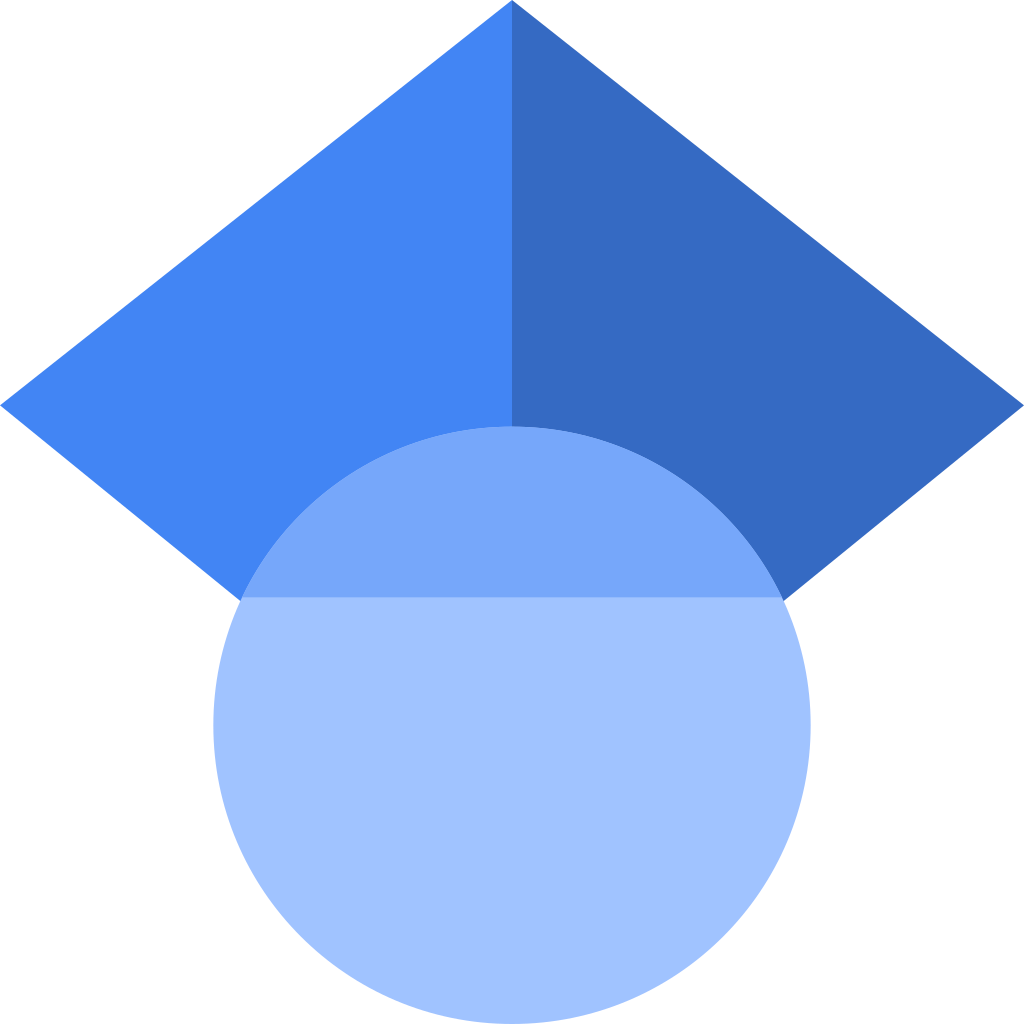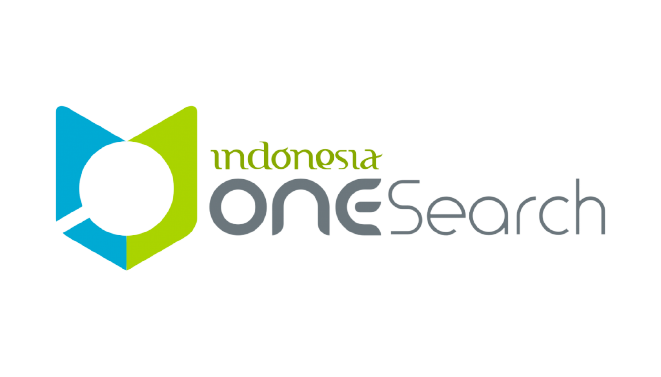REVIEW: EKSPLORASI KEANEKARAGAMAN SPONS ASAL WILAYAH PESISIR SULAWESI TENGGARA SEBAGAI BAHAN BAKU OBAT
DOI:
https://doi.org/10.46356/wfarmasi.v11i2.221Keywords:
Spons, wilayah pesisir, bahan baku obat, eksplorasiAbstract
Currently, Indonesia's marine biodiversity has become the target for world and domestic biota discoveries. The Coastal Zone and its natural resources have significance for the economic development of the Indonesian nation. With around 17,508 islands and a coastline of 81,000 km, Indonesia is known as a mega-biodiversity country. More than 30 thousand natural compounds have been isolated from marine organisms, namely invertebrates. Invertebrates, especially sponges (phylum porifera) occupy the highest rank in research on natural compounds from the sea because of their slow moving and sessile nature. Research related to marine biota from the sponge genus from Southeast Sulawesi has not been carried out much. Some of the results of research on sponges taken from coastal areas. This review examines sea sponges originating from the coastal areas of Southeast Sulawesi as raw materials for medicine by tracing various research articles from various locations such as the coastal area of the Bintang Samudra scientific tourism, Saponda Island, Buton Island, Lalanu waters, and Tanjung Oyster waters, Lalowaru waters and the Straits button. Based on a review study, there were 85 species of sea sponges from several coastal areas of Southeast Sulawesi. Various studies prove that sea sponges from the coastal areas of Southeast Sulawesi have anti-inflammatory, antimicrobial, anticancer, antioxidant, antihyperlipidemic properties. Isolation of active compounds from sea sponges has also been found, such as purchrasterol, xestosterol, saringosterol and 5α,8α-epidioxy-24α-ethylcholest-6-en- 3β-ol.





